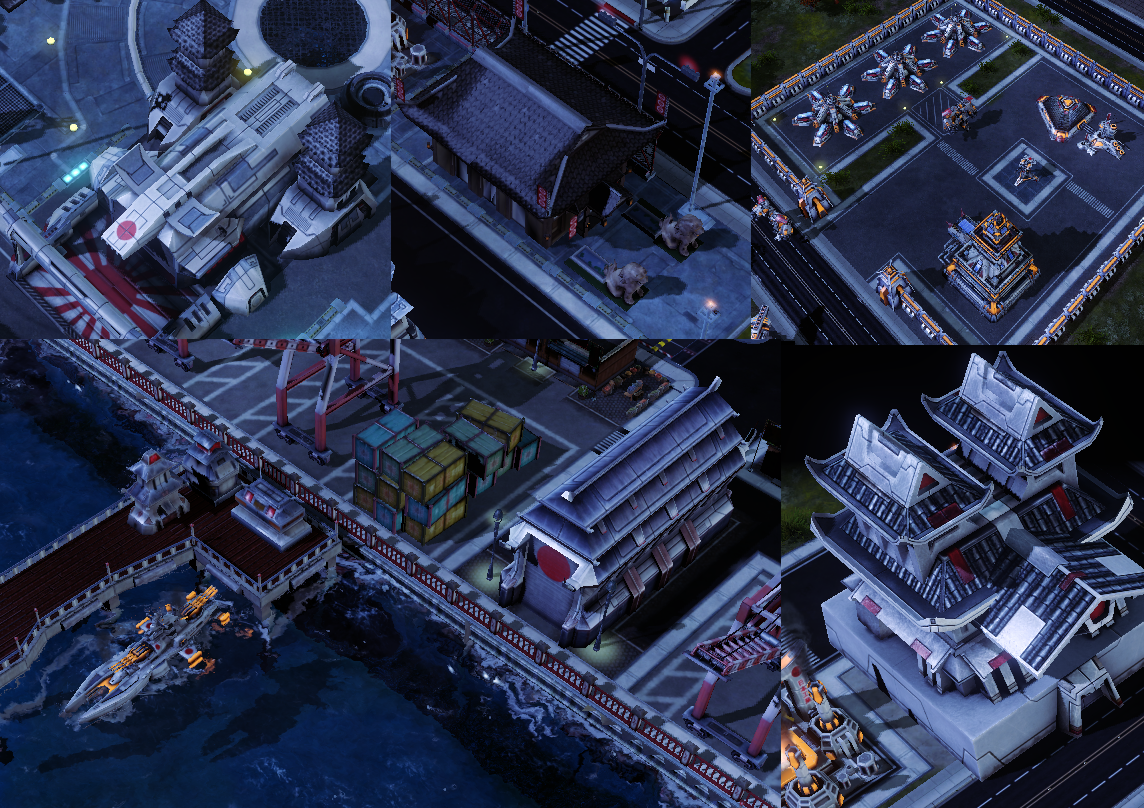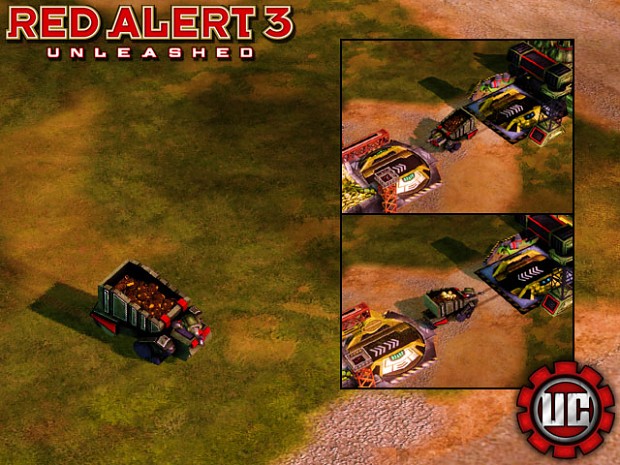
“We’re experiencing true polar wander as we speak,” says Dennis Kent, a paleomagnetist at both Rutgers and Columbia University who wasn’t part of the new study team.

On the other side of the world, the continent of Asia would soar southward.Įarth has likely experienced smaller amounts of true polar wander throughout its past, and some scientists think it continues today. The change would have been massive: If a similar shift were to happen today, a flag planted in Dallas, Texas, would end up where Northern Manitoba, Canada, currently sits. In the Jurassic, the surface and mantle made this twist around an imaginary line through the crook in Africa’s west coast known as the Bight of Benin.

The ancient rocky lurch was part of a phenomenon known as true polar wander, in which the topmost layers of the planet, likely all the way down to the liquid outer core, rotate significantly even as Earth continues its daily turn around its usual spin axis. Paleomagnetic signatures in the area’s rocks indicate that sometime between 174 and 157 million years ago, the whole region shifted southward by a startling 25 degrees, plunging once lush landscapes into zones of desiccating heat. Now, a study published in the journal Geology suggests that it wasn’t the climate that changed, but the geographic location of the landscape. And yet, researchers have struggled to pin down a climate-related culprit behind this ecological collapse. As the water disappeared, so too did the life.

Then, almost in a geologic instant, the air grew warmer and the land dried out. At first, it seems like a case of extinction by climate change: More than 160 million years ago, during the Jurassic period, a fanciful menagerie crept, swam, and flew through the cool, damp forests of what is now northeastern China.


 0 kommentar(er)
0 kommentar(er)
